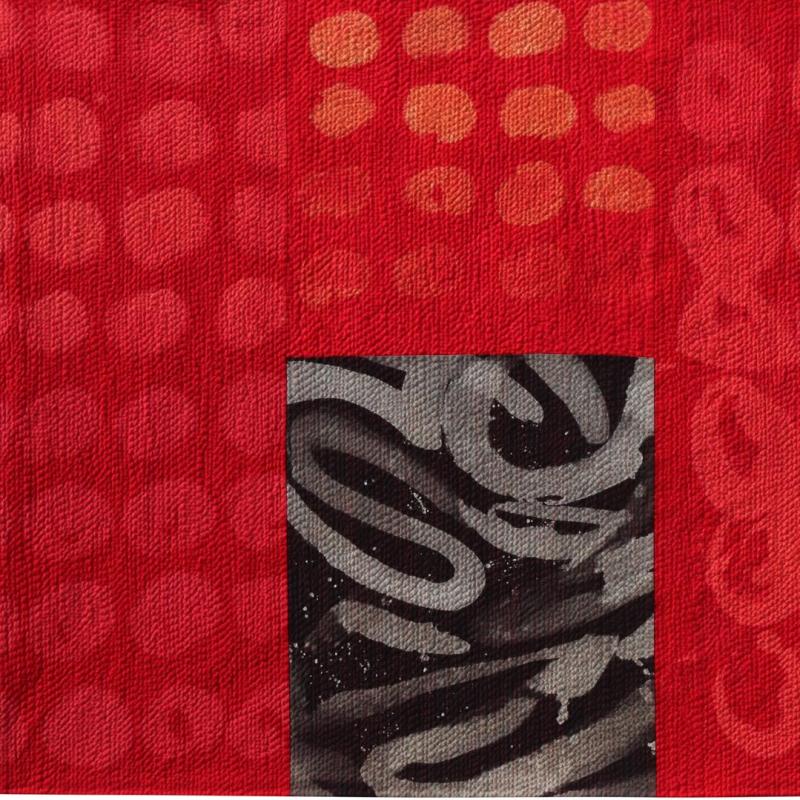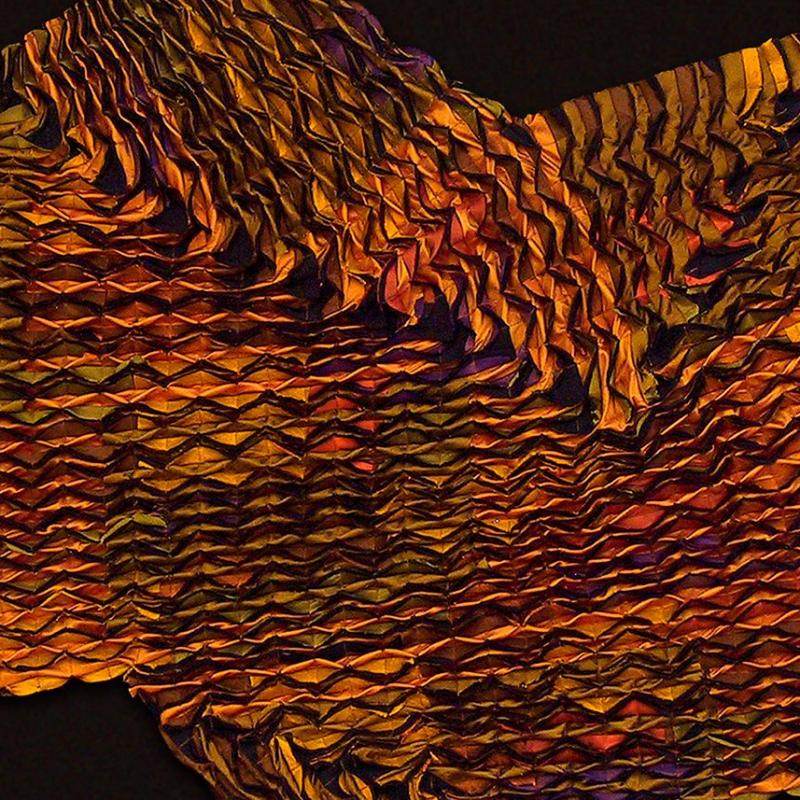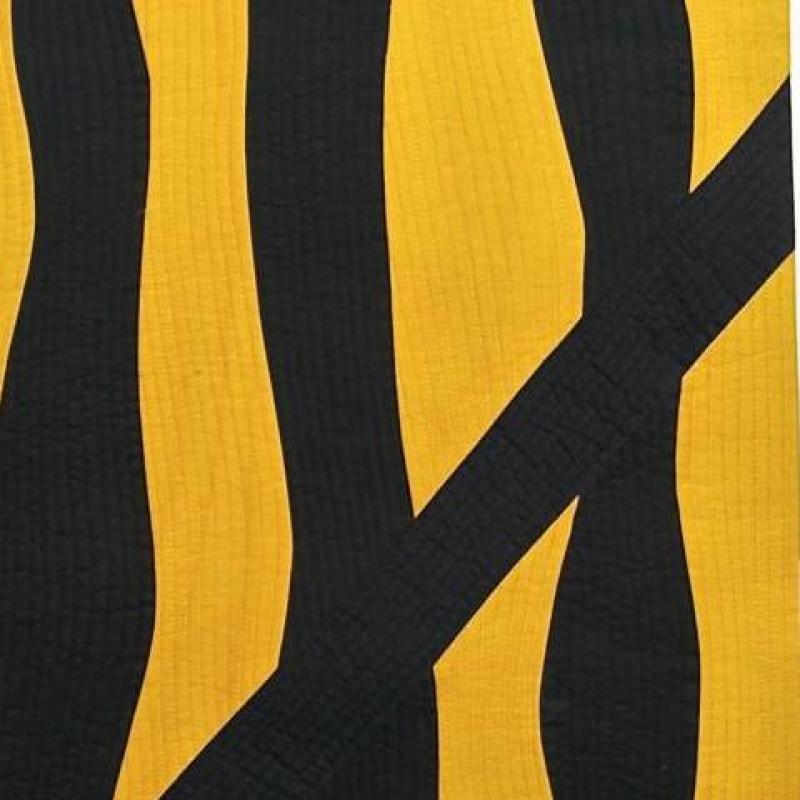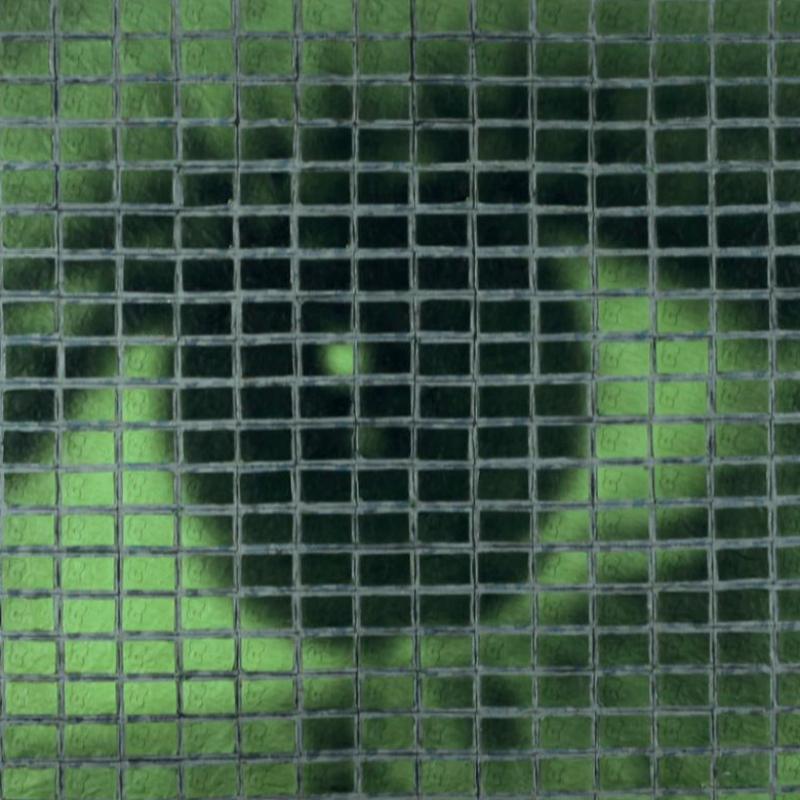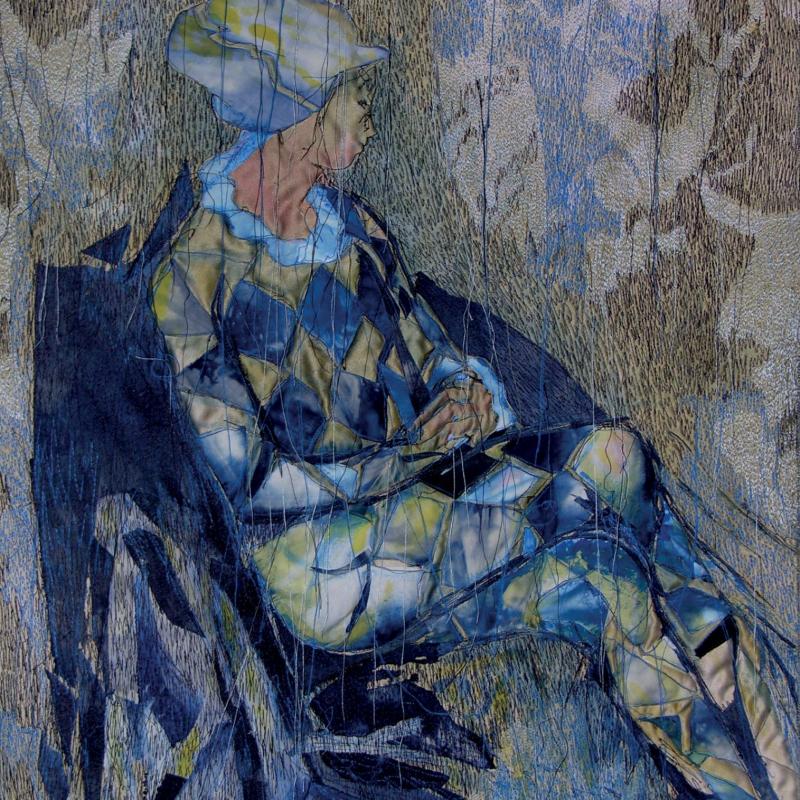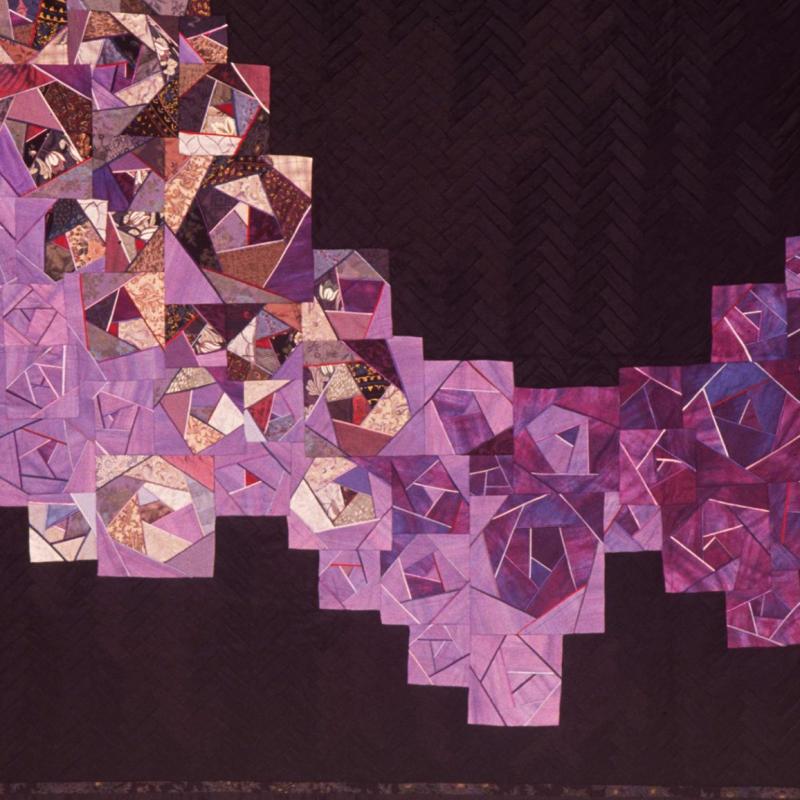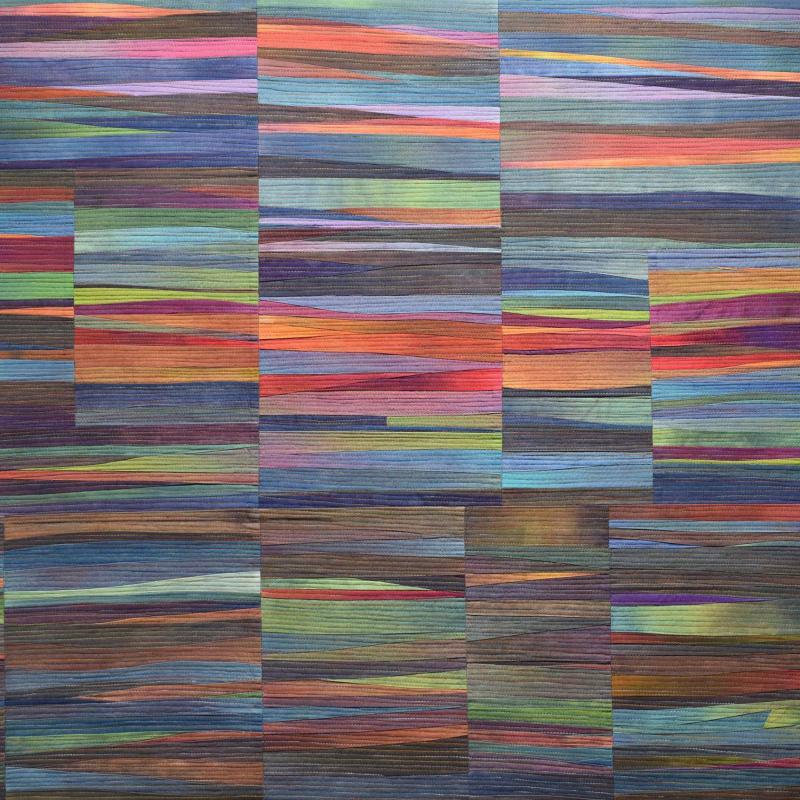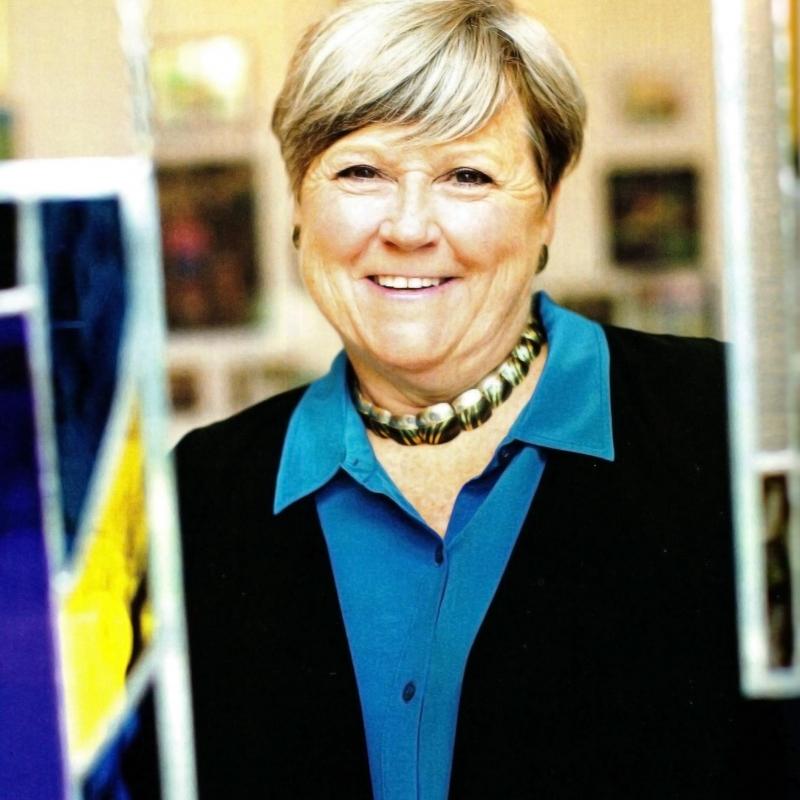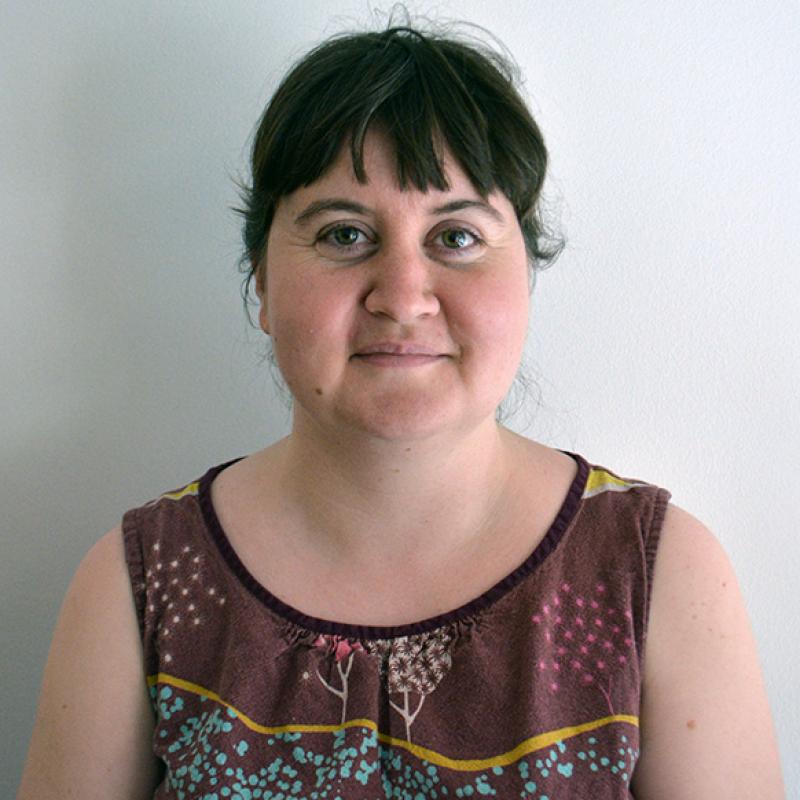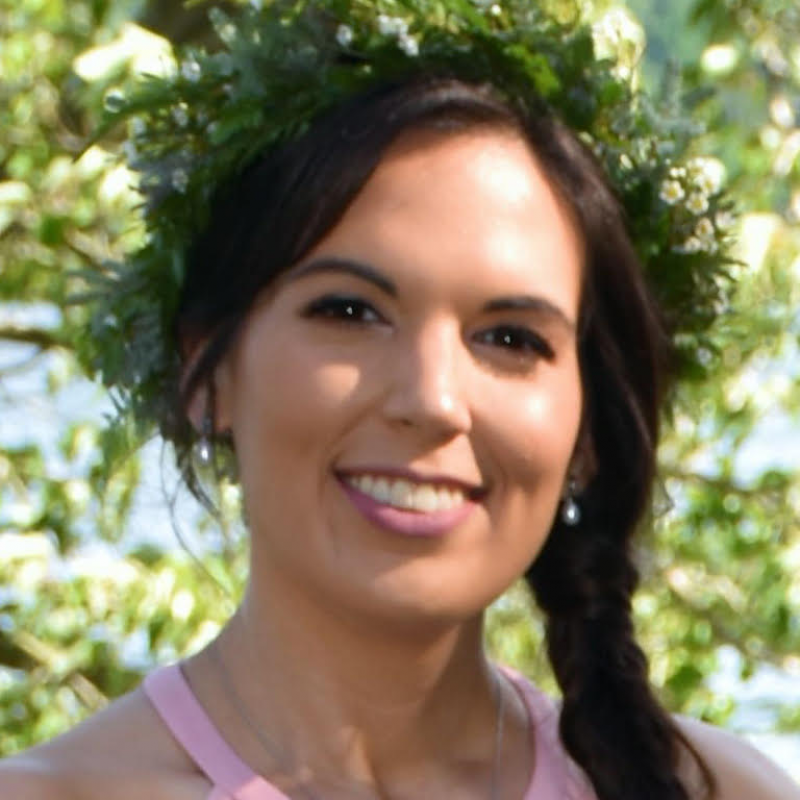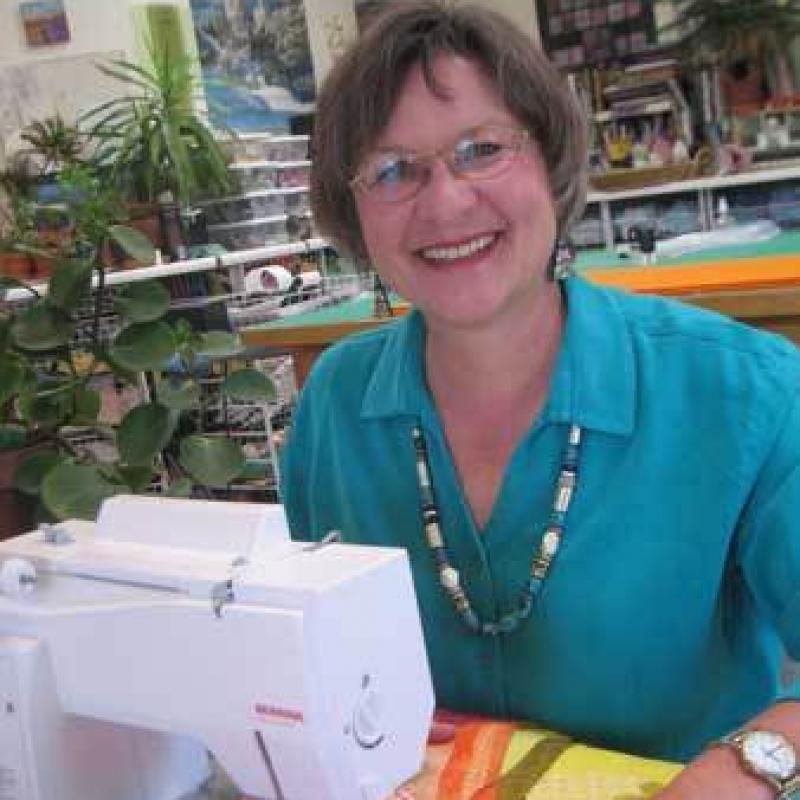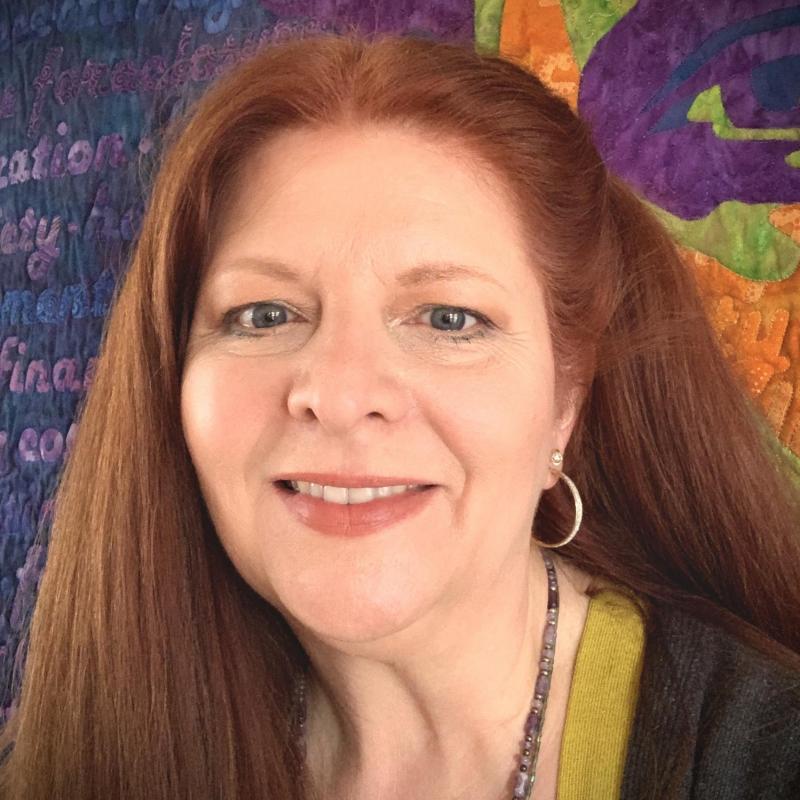Many will say that color is the most important element in art. So, as textile artists, do we really know what color is? How is it used? How is it different by medium, by culture? Why does color matter?
The Education Committee has worked hard to put together a meaningful experience exploring color and many of its aspects. Humans are visual creatures. Since early in their development, they made color images on cave walls to describe their experience of living.
In this seminar, you can explore the source of color; various color theories; what it means to work with color; the science of color; how artists use color; and the history, language, and culture of color through interviews, articles, and interactive exercises. A gallery from our online collection also accompanies each unit. This is not a “how-to” seminar, but an exploration of concepts and the experience of color.
Once colors were seen through a prism, scientists started to create color theories to assist in understanding color and its uses. Color theory and the use of the color wheel sounds like a topic we all recognize. But do you...
Over the last six weeks, we have presented you with a great deal of information about color, its science, its impact, its use, and its context. This is an opportunity to integrate what you have learned and share it with...
Luana Rubin, co-owner of eQuilter.com, explains how the Color Marketing Group operates and how forecasting predicts color changes in all aspects of your life: clothes, cars, hotels, appliances, and more.

